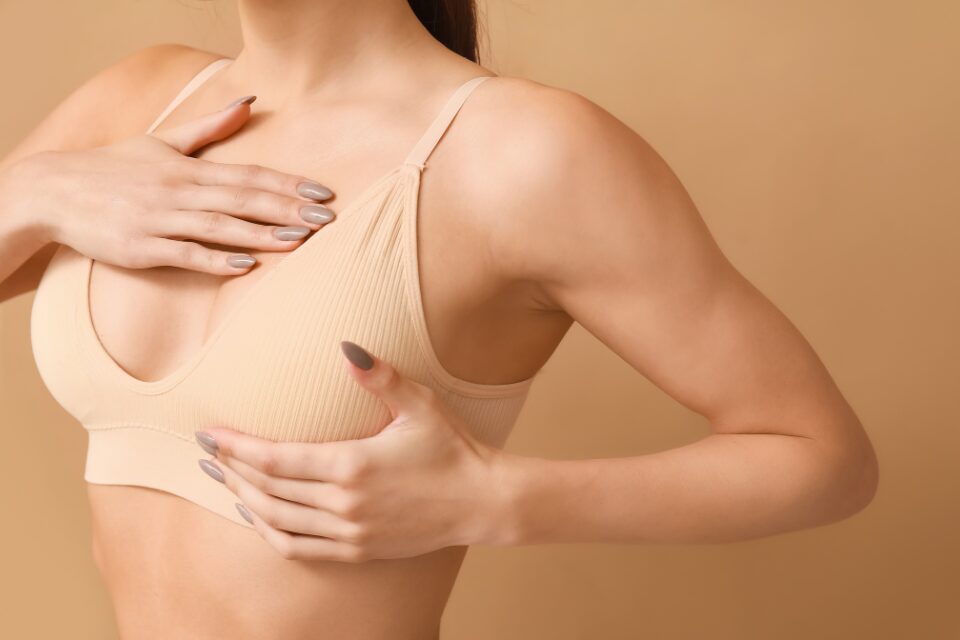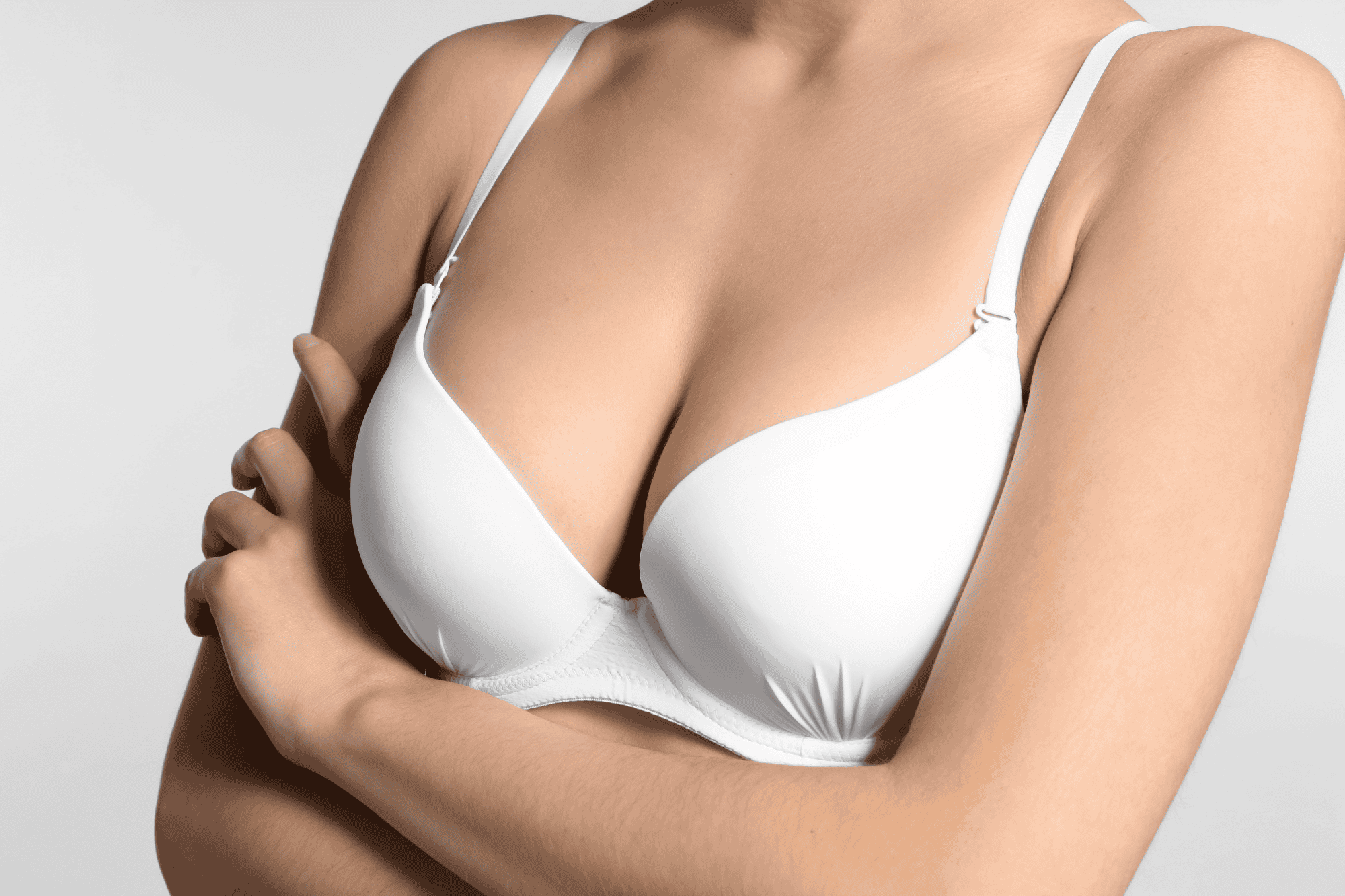When it comes to breast augmentation surgery, one of the biggest choices you’ll have to make will be between using saline and silicone implants. Each of these two types of implants offers benefits and drawbacks, so the answer is by no means a clear one.
Saline implants are made up of a silicone bag filled with sterile salt water. Silicone implants, on the other hand, are filled with silicone gel. Both have been extensively reviewed by the FDA, and are considered to be perfectly safe.
Silicone-filled implants are thought to have a more natural look and feel, and are therefore the most popular type of implant in many countries. However, because they are filled prior to insertion, they require a larger incision and thus leave a longer scar. They also come in standard sizes, unlike saline implants which are infinitely adjustable.
Saline implants have the advantage of being filled after insertion. Thus, they require a smaller incision and leave a shorter scar. Their volume can also be adjusted during the surgery for fine-tuning to the patient’s body. The disadvantage of saline-filled inserts is that they present a greater risk for rippling and palpability.
One general rule of thumb is that patients starting out with smaller breast sizes can benefit more greatly from the aesthetic benefits of silicone (that “natural” look), while bigger patients can choose either option.
In the case of rupture, saline implants will deflate and release the saline solution, which will be safely absorbed by the patient’s body. Silicone implants tend to be more resistant to leaking, and even if they do leak, the silicone tends to remain trapped in the tissue and usually keeps the shape of the breast better than a leaking saline implant. In both cases, a surgery will likely be necessary to remove the broken implant and replace it with a new one.
There’s also the cost to consider—saline-filled implants typically cost about $1000 less than silicone gel-filled implants, though with a procedure that lasts 10 years or more, that up-front cost differential can be considered to be negligible.
The important thing to remember is that there is no right and wrong choice when it comes to choosing between saline and silicone implants for breast augmentation. Consult with your plastic surgeon, and he or she will be able to tell you which type may be better for your unique body and lifestyle.
If you have more questions, or if you’re ready to take the plunge and get started on your breast augmentation procedure, contact St. Charles Plastic Surgery today for a consultation.
And don’t forget to check out our Before & After gallery for some great examples of our breast augmentation procedures.



